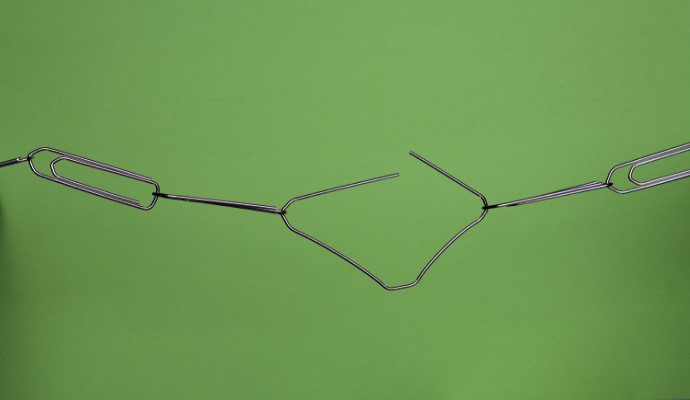Little progress made with hospital price transparency compliance
Only about a third of hospitals are fully compliant with federal price transparency requirements three years later, a new report shows.

Source: Getty Images
- Hospitals have made little progress with implementing federal price transparency requirements that took effect in 2021.
The latest semi-annual “Hospital Price Transparency Report” from PatientRightsAdvocate.org found that only about a third — 34.5 percent — of 2,000 hospitals reviewed were fully compliant with the price transparency requirements. To be fully compliant, hospitals have to post a single machine-readable standard charges file for all items, services, and drugs across all payers and plans, as well as the prices for 300 of the most common shoppable services in a consumer-friendly display, or alternatively, a price estimator tool.
Compliance with the hospital price transparency requirements has been low over the last three years. However, recent reports show very little improvement. The previous report from PatientRightsAdvocate.org released in July 2023 found a 36 percent rate of full compliance among the 2,000 hospitals reviewed.
At this point, most hospitals have at least some pricing information online. However, “widespread noncompliance of 65.5 [percent] of hospitals is due to files being incomplete or not having prices clearly associated with both payer and plan,” the report stated.
Specifically, the report revealed that 37.2 percent of hospitals did not publish all payer-specific negotiated charges “clearly associated with the names of each third-party payer and plan” per the federal price transparency rule. About 48.6 percent of hospitals did not publish a sufficient amount of negotiated rates.
Meanwhile, smaller percentages of hospitals did not publish adequate discounted cash prices (12.0 percent) and any usable standard charges pricing file (4.4 percent).
Additionally, just 15.7 percent of hospitals displayed pricing information for 300 shoppable services in a consumer-friendly display. About 90.0 percent of hospitals also published a price estimator tool, but researchers found 63.0 percent of them to still be non-compliant because of incomplete standard charge files.
Notably, the report also found that 135 hospitals exhibited “backsliding” after being deemed non-compliant in this report after being found complaint in the previous report.
A lack of usable pricing information flies in the face of the requirements, which the federal government designed to help consumers shop for healthcare services. Without usable files, researchers and vendors also cannot use the data to create consumer-friendly guides and tools.
According to the report, a significant number of hospitals posted encoded, complex JSON-formatted files without user documentation, or files with complicated formats. The latter made the files unusable in some cases, according to the report.
At this time, more hospitals were also posting multiple files instead of a single file per federal requirements.
“With full transparency, consumers can benefit from competition to make informed decisions, protect from overcharges, billing errors, and fraud, and lower their costs,” researchers said in the report. “Employer and union plans can use pricing and claims data to improve their plan designs and direct members to lower cost, high-quality facilities.”
PatientRightsAdvocate.org calls for “more thorough, timely transparent” enforcement of hospital price transparency requirements. To date, only 14 hospitals have received civil monetary penalties for noncompliance.
